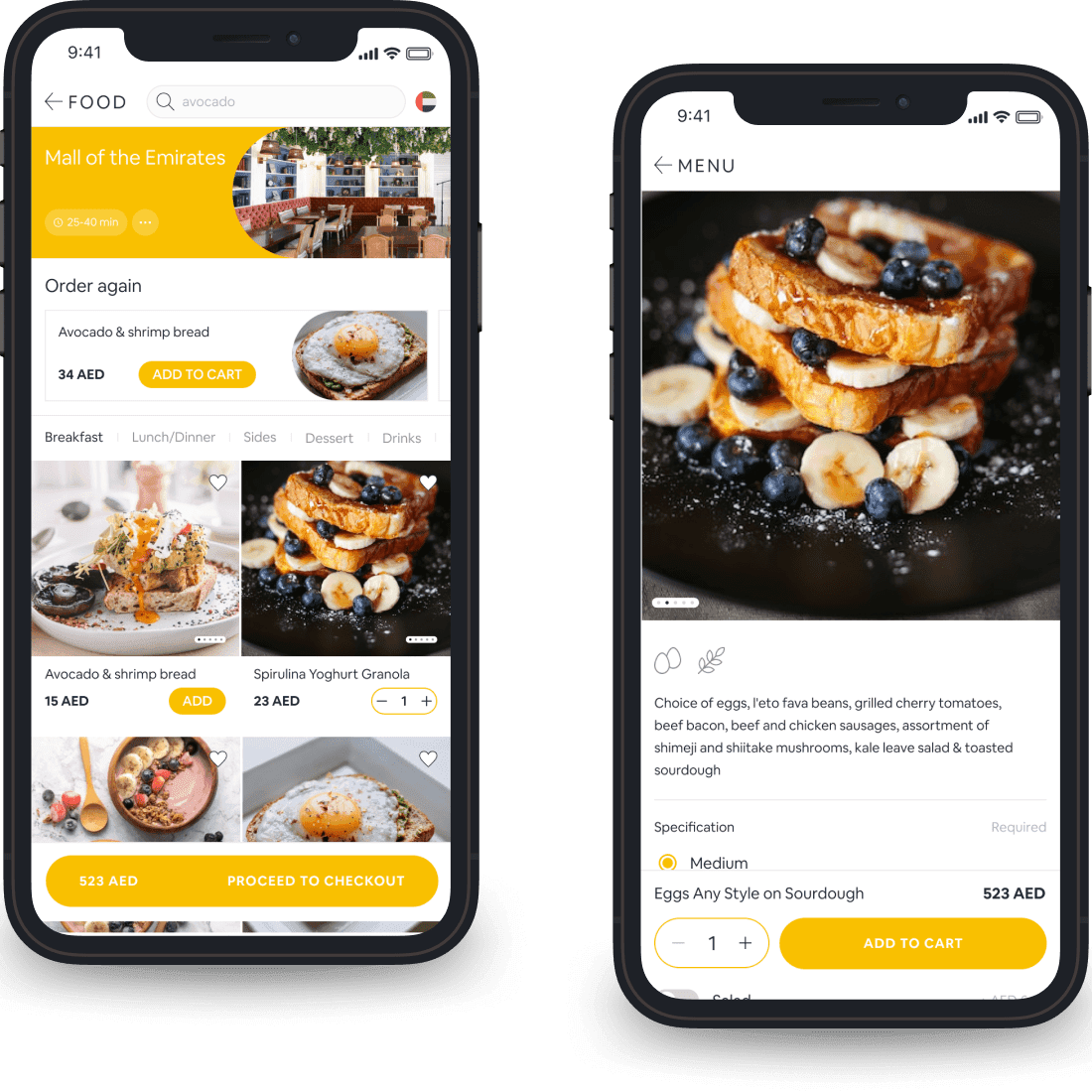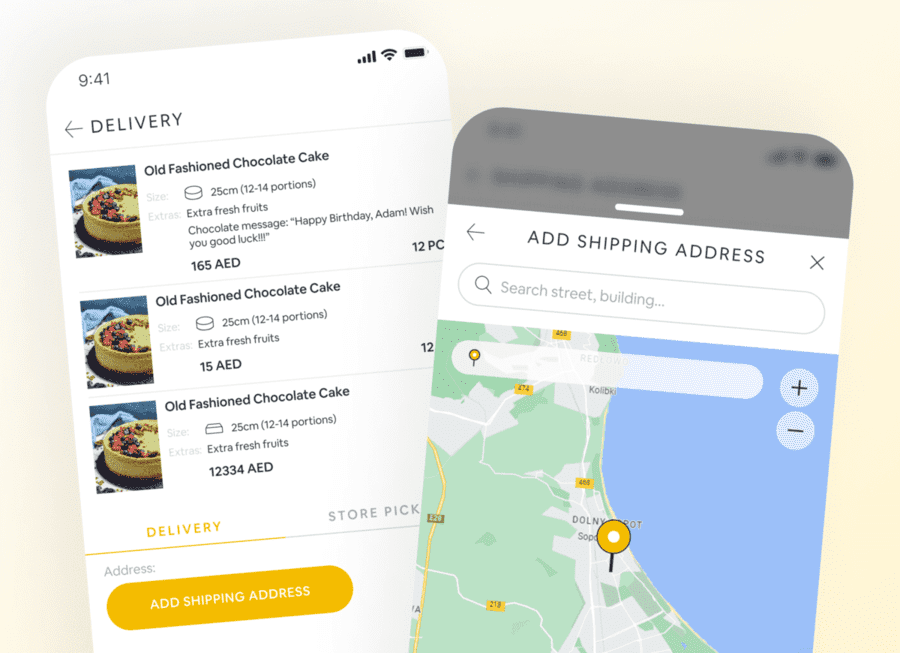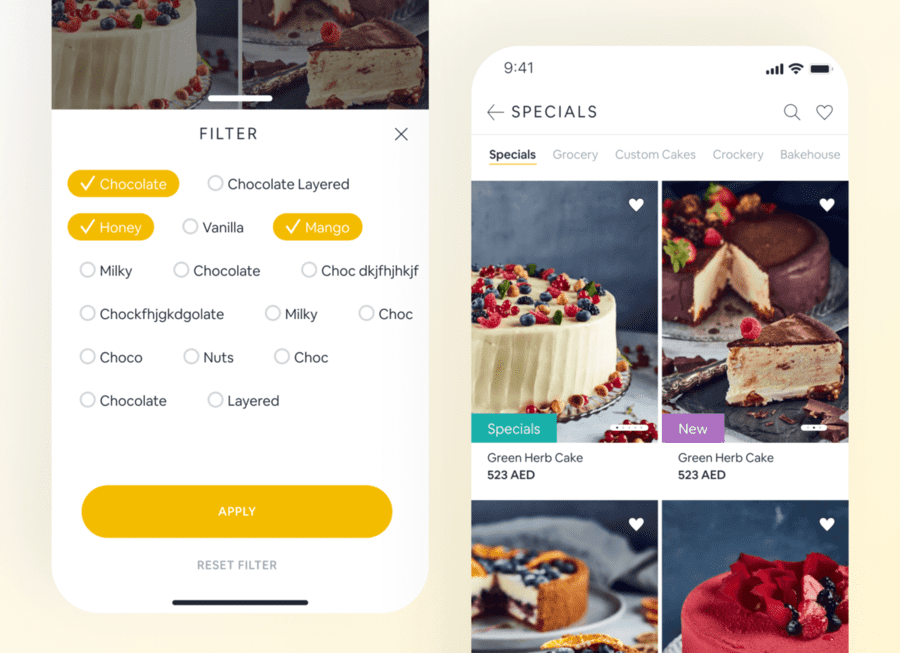Restaurant Chain App Development

Project Overview
| Industry | Food and Beverages |
|---|---|
| Duration | 3 months |
| Services |
|
Challenge
Celadon initiated a groundbreaking endeavor aimed at reshaping restaurant management by pioneering innovative app development. Our expedition commenced with the creation of a food ordering application and evolved into an all-encompassing solution for restaurant chains. This solution seamlessly incorporates online orders, web and mobile applications, and delivery interfaces.
Additionally, our team adeptly devised and executed a loyalty program, seamlessly integrated into both the web and mobile applications, accompanied by an admin panel tailored for the convenience of restaurant owners.
Our goal was to centralize all restaurants in the chain, streamlining management and enhancing convenience for both businesses and customers.
Creating an unrestricted loyalty program brought about a distinct challenge. Leveraging shared insights and personal experiences with various programs, our team devised innovative concepts for restaurant loyalty initiatives.
Tackling offline orders within the framework of the loyalty program presented intricate hurdles. During that period, restaurants relied on POS systems for efficient operations. To include offline customers in the loyalty program, we took on the responsibility of capturing POS-initiated orders, transmitting them to the backend, and associating them with the respective customers. The responsibility of finding a resolution lay squarely on our shoulders.
Solution
Our team embarked on this initiative by establishing all prerequisites and engaging in extensive brainstorming to outline various bonus mechanisms. Here is our systematic approach to building a robust restaurant loyalty program:
We organized the initiative into four distinct tiers, allowing each member to progress through these levels. The fundamental principle of the program is as follows: as participants move up to higher tiers, they unlock exclusive discounts and rewards based on the cumulative points earned from their order totals.
Furthermore, we introduced an additional dimension within the same loyalty program, known as 'achievements.' To earn bonuses, participants need to complete specific tasks. This aspect of the loyalty program falls into three categories:
- Regular Achievements: Users can find tasks within the app that, once completed, lead to earning bonuses.
- Year-to-Year Achievements: Program participants receive bonuses or discounts on specific dates or to celebrate special occasions.
- Consistent Achievements: This category aims to encourage clients to become dedicated patrons. The concept of earning bonuses for task completion applies here as well. For example, every 7th coffee is complimentary, fostering continuous engagement.
Within the domain of online ordering, our team draws upon expertise gained from analogous food delivery app projects. Here's the operational process:
- An online order is placed at the restaurant and transmitted to a server.
- The server processes the order and awards a loyalty bonus in accordance with program rules.
- The participant receives the awarded bonus.
For seamless integration, we devised a plugin in collaboration with the POS system's developers. Here's how it links offline customers:
- Offline patrons generate a QR code within the loyalty app.
- Cashiers scan the QR code during payment using the POS system.
- Order details are transmitted to the server, and applicable bonuses are applied.
On the server side:
- Administrators configure loyalty conditions (e.g., buy six items, receive the seventh free).
- Order data is transferred from the POS to the server, where it's stored until the specified conditions are met.
- Upon meeting the conditions, the user is issued a new code.
- Scanning this code at the POS triggers the allocation of the bonus.
The algorithm functions in a way that during the card learning you can determine a convenient learning flow: you select a topic and learn it step-by-step, or chose the theory first and master the cards later.
Moreover, we have created a unique user’ rating calculation algorithm. When calculating the rating, a card with the highest score is considered to be passed (leaning on the answers and score - the correct answer is set when the cards are being created). The user will get the lowest score cards first, cards with higher and higher scores will appear later during the repeated learning. All these are covered by the algorithm.
The features and processes above are dressed up in an attractive design based on the client’s wishes that are adjusted to be easy-to-use.


